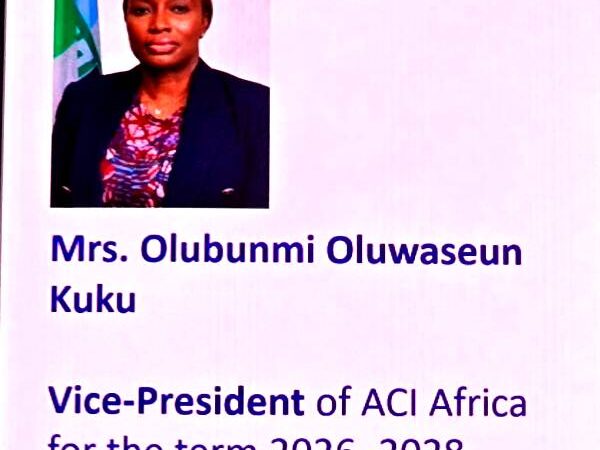Revolutionizing Connectivity: Establishing Green Air Transport Infrastructure For Isolated Communities
In a world where transport is key to socio-economic development, many remote communities remain trapped in isolation due to inadequate infrastructure. Traditional transport systems, heavily reliant on fossil fuels, not only fail to meet these needs but also contribute significantly to environmental degradation. Green aviation offers a revolutionary solution by using electric aircraft to provide sustainable and cost-effective connectivity to underserved regions.
Breaking Barriers With Electric Aviation
Green aviation networks represent a bold departure from conventional transport methods. By utilizing electric aircraft powered by renewable energy sources, this innovative approach paves the way for linking isolated areas to urban centers while minimizing environmental impact.
Unlike traditional infrastructure, which is often costly and complex to implement, electric aviation requires significantly less funding and is operationally more economical, making it a practical alternative for regions with limited resources. With the certification on December 29, 2024, of the first 4-seat electric aircraft under Part 23, the RX4E, developed by the Liaoning General Aviation Academy, this green aviation solution is becoming a reality. Plans are underway to introduce this pioneering green aviation technology to Africa as early as this year.
For example, the construction of small landing strips for electric aircraft costs between $500,000 and $2 million, a fraction of the cost of traditional roads or railways. This financial accessibility, combined with the ability to bypass rugged terrain and unpaved roads, positions green aviation as a viable solution for rural communities across several continents, particularly in Sub-Saharan Africa, South Asia, and the Pacific Islands.
Harnessing Renewable Energy
Integrating renewable energy resources is essential for the success of green aviation. Countries rich in solar, wind, geothermal, and hydroelectric energy have unique opportunities to harness these sustainable energy sources. For instance, nations like Ethiopia and Nepal can utilize hydropower, while sun-drenched regions like India and Sudan can capitalize on their solar potential. By aligning local renewable resources with green aviation initiatives, these countries can foster economic growth without compromising environmental integrity.
Innovative Financing for Infrastructure Development
Financing remains a major challenge in building the infrastructure necessary for green aviation. However, innovative financing models, including venture capital and public-private partnerships, can bridge this financial gap. Venture capital plays a crucial role in supporting early-stage technologies and attracting additional investments, thus accelerating the deployment of renewable energy solutions.
Case studies like Zipline illustrate the potential impact of green aviation. This pioneering company has successfully used drone technology to deliver essential medical supplies to isolated communities in Africa, transforming healthcare logistics in areas often neglected by traditional transport networks. As battery technology advances, the scalability of such initiatives promises even greater connectivity and efficiency.
A Vision For An Equitable Future
The potential of green aviation extends beyond mere transportation. By improving access to healthcare, education, and economic opportunities, these networks can transform the socio-economic landscape of isolated communities. They offer an opportunity to reduce inequalities and empower marginalized populations, aligning innovation with sustainability.
As the world faces the dual challenges of poverty and environmental degradation, the emergence of green aviation networks represents a hopeful solution. By adopting this sustainable approach, nations can redefine transport, ensuring that connectivity is not a privilege but a right for all.
In conclusion, the vision of a connected and sustainable future is within reach. Through global collaboration, strategic financing, and technological advancements, green aviation can pave the way for equitable development, fostering resilience while preserving our planet for future generations.
Volar Air Mobility Limited
Volar Air Mobility Limited is a Hong Kong-based green aerial ride-hailing software company aiming to catalyse the global adoption of environmentally responsible travelling alternatives. Volar is committed to offering a Safe, Affordable, on-demand Flexibility, and zero carbon Emission (SAFE) private air travel experience enabled by proprietary in-house technology platform specifically designed for electric aircraft. The use cases are broad and encompasses island hopping, tourism, access to rural areas with poor road infrastructure, medical logistics and evacuation, border surveillance and farming. Additionally, it enables a private aviation option for those seeking to travel safely while minimizing infectious disease risk.
This article was co-authored by Professor Abu Hanifah, former Deputy Director, Civil Aviation Department, Malaysia and currently at the University of Kuala Lumpur, along with Henry Hooi, Founder, Volar Air Mobility and Founding member, International Green Aviation Association
For more information, please visit www.volarairmobility.com
For Investor Relations/Media inquiries, please contact:
Koh Weng Siang
Vice President
Volar Air Mobility Limited
Mob: (852) 9176 4345
Email: [email protected]





